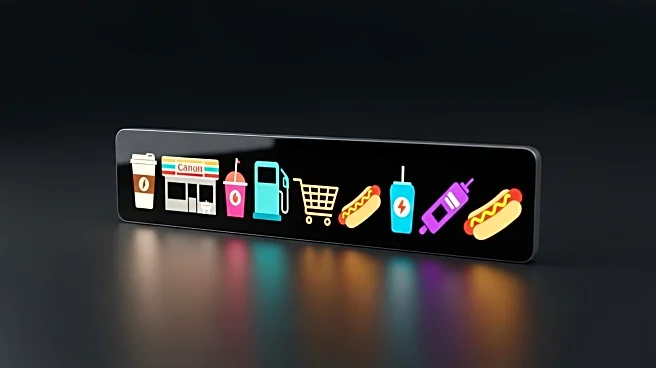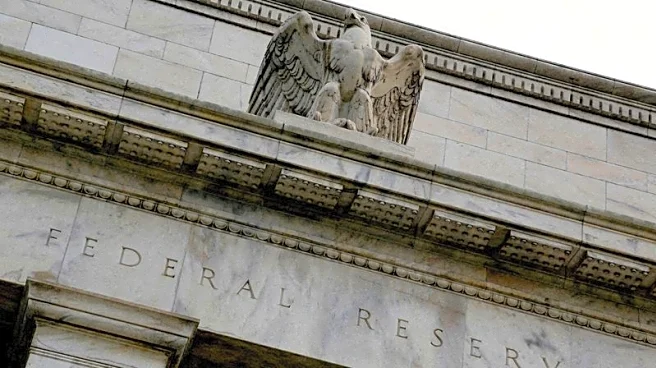What's Happening?
Bain & Company has released a report projecting a 4% year-over-year growth in U.S. retail sales for the holiday season, encompassing November and December. This growth is expected to push total sales beyond $975 billion. In-store sales are anticipated to rise by 2.75%, with significant gains in apparel, accessories, general merchandise, and health and personal care sectors, each projected to grow by at least 5%. However, growth in non-store sales, including e-commerce and mail orders, is expected to slow to 7%, a decrease from the 9% to 10% growth seen in previous years. Despite this slowdown, non-store sales are predicted to contribute to half of the overall sales growth this season.
Why It's Important?
The projected growth rate of 4% falls below the 10-year average of 5.2%, indicating a cautious consumer outlook as the holiday season approaches. Economic uncertainty and financial pressures are influencing consumer behavior, with many planning to cut back on essential purchases to afford holiday gifts. This trend is particularly pronounced among Gen Z consumers, who are expected to reduce their holiday spending by nearly 25% compared to the previous year. The report highlights a shift in consumer priorities, with a focus on value and strategic spending during major shopping events like Black Friday and Cyber Monday. Retailers are advised to balance value offerings with innovative technologies and engaging customer experiences to capture market share.
What's Next?
Retailers are likely to focus on value-driven strategies and leverage big shopping events to attract cautious consumers. The report suggests that 10% more consumers will participate in Black Friday and Cyber Monday sales, driven by the need for value. Additionally, the use of artificial intelligence for price comparison is expected to rise, as consumers seek the best deals. Retailers may need to adapt to these changing consumer behaviors by enhancing their digital platforms and offering competitive pricing to maintain sales momentum.
Beyond the Headlines
The report underscores a broader economic challenge, with credit card delinquencies rising to their highest level since 2011, particularly among consumers under 30. This financial strain could have long-term implications for consumer spending patterns and retail strategies. Retailers may need to consider flexible payment options and targeted promotions to address these financial constraints and sustain consumer engagement.











